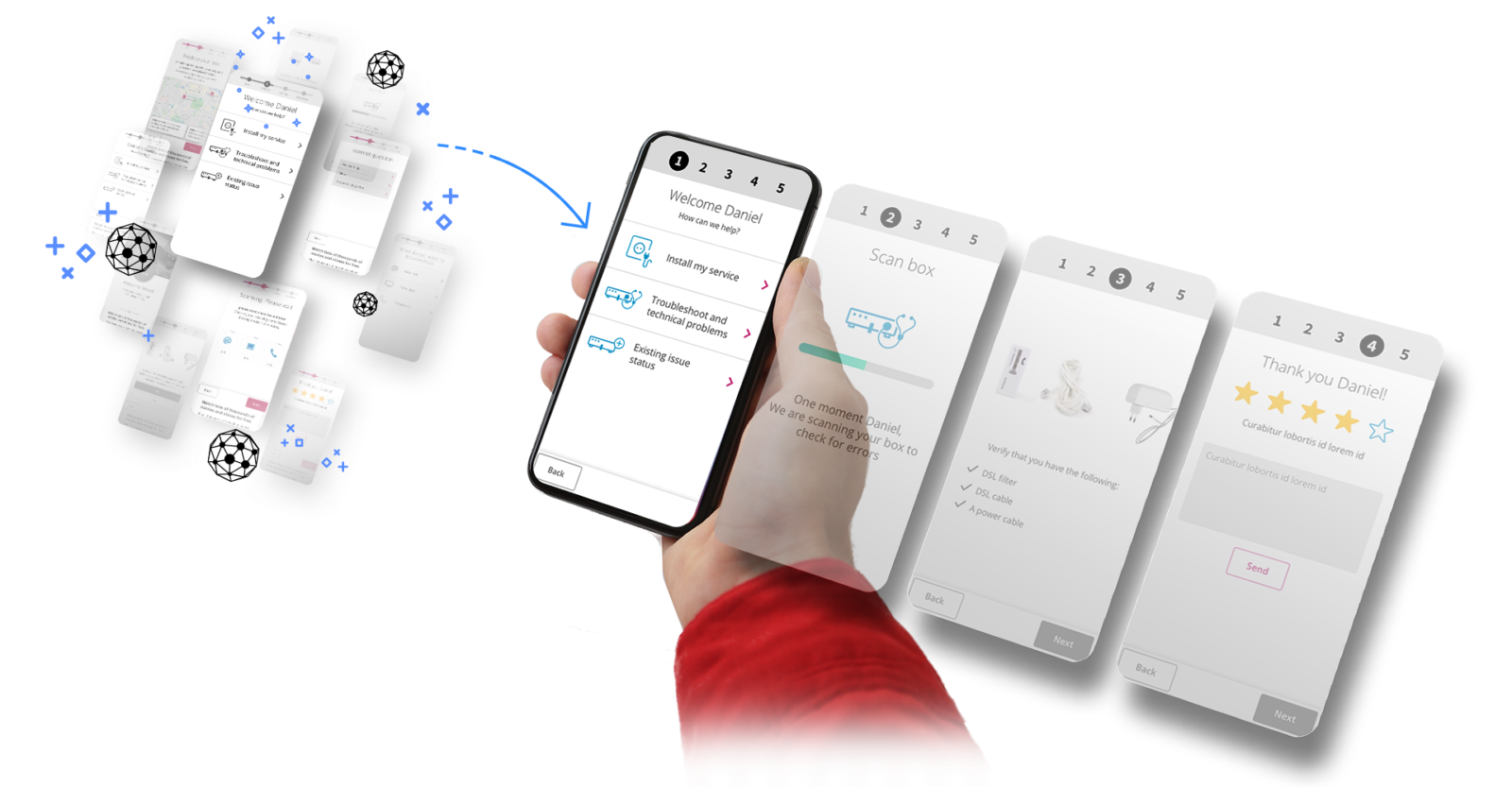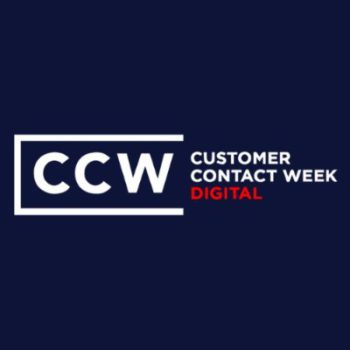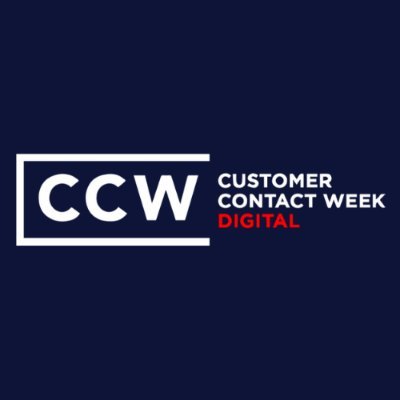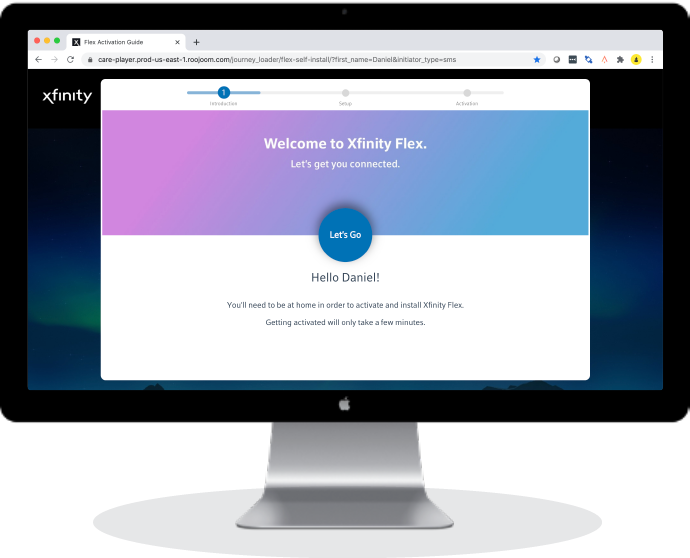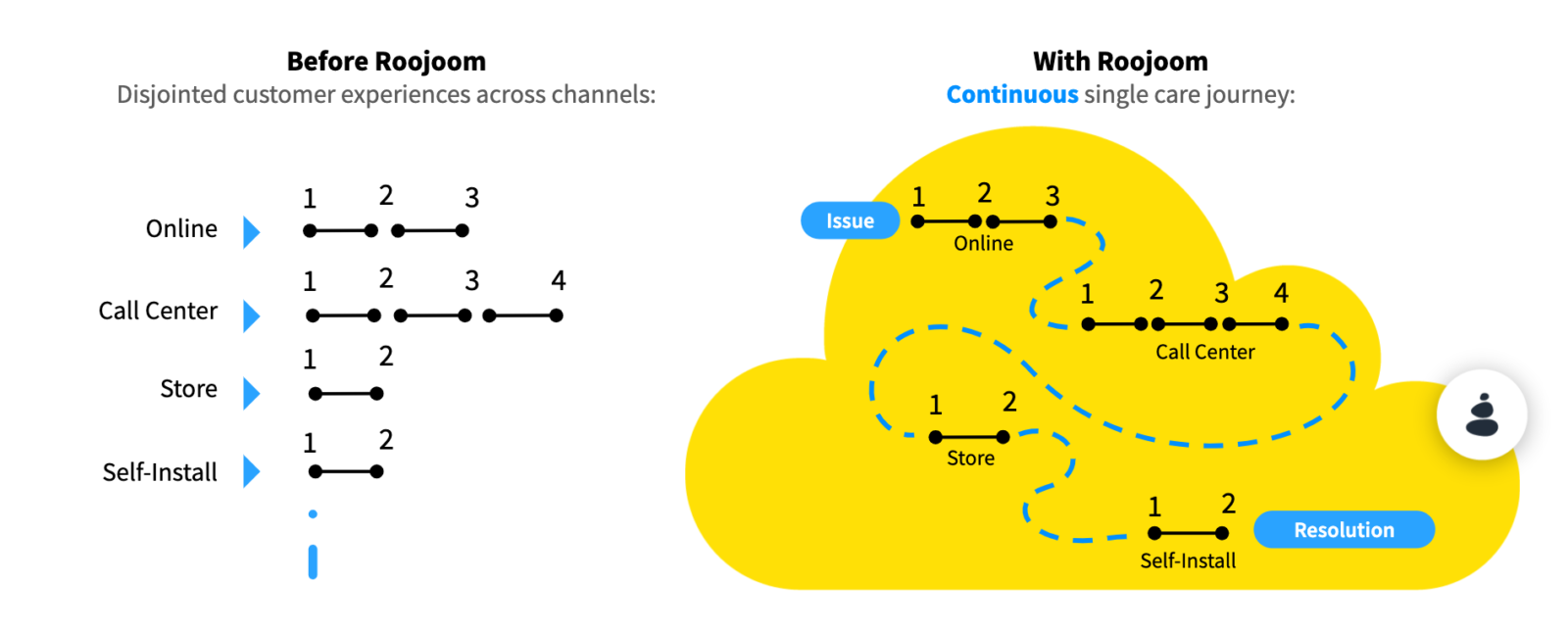Gartner designated Roojoom as Cool Vendor!
Gartner designated Roojoom a “2020 Cool Vendor in AI for Customer Analytics” (Report available for Gartner subscribers)
Roojoom’s approach to AI-based customer Journey Orchestration is acknowledged as unique in this new space where customer journey capabilities have different requirements from different vendors. What is clear and certain is the accelerated interest and investment brands are allocating to AI. The publication shares key findings and recommendations from Gartner’s 2020 Customer Experience Innovation Survey.
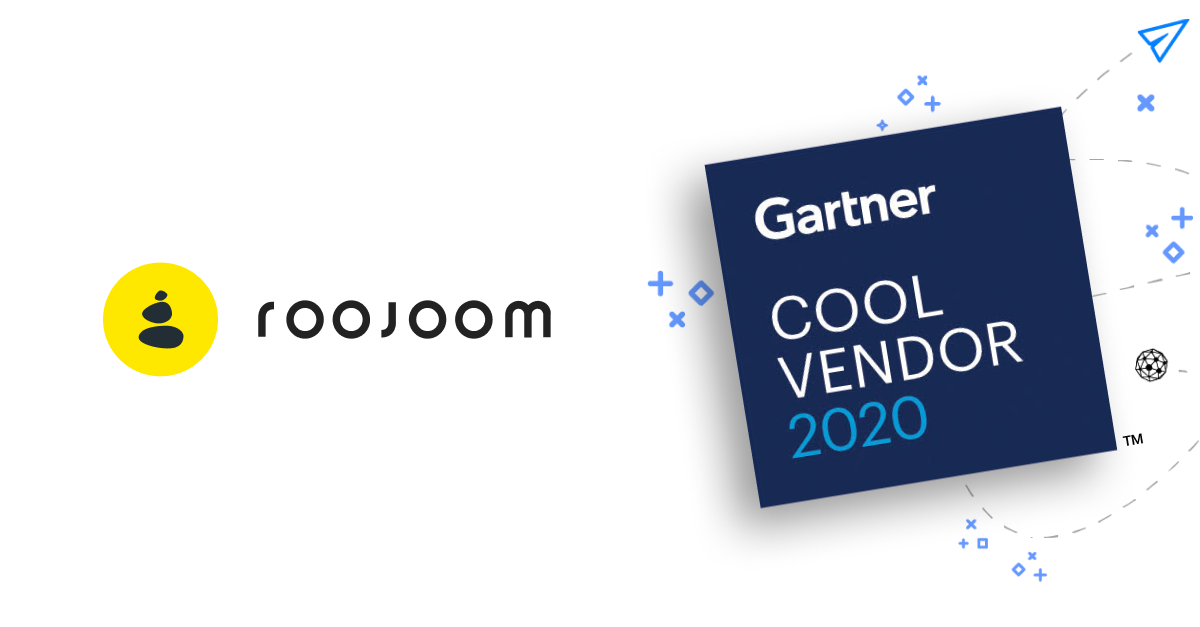
Roojoom is one of the “Born AI” startups Gartner is highlighting as “cool”.
Roojoom has taken a different approach to customer engagement journeys, whereby AI-based optimization of business goals is driving individual customer journeys with cross-channel, proactive and continuous engagements that can utilize auto-generated personal mini-sites in real time.
The Roojoom concept, where CX executives and marketers can focus on what they want to achieve (the business goals), while having AI carry out the how (drive personal customer journeys) is mentioned to be highly valued for organizations that have clearly outlined their understanding of the customer journey milestones. We can offer industry best practices and help defining the actions that could make the difference to customers.
The other use case where cross-channel, continuous from issue to resolution journeys are showing great value, is customer support journeys for ‘troubleshoot & resolve” technical or commercial issues. Roojoom’s AI enables service channels to become “resolution capable” and accelerates journeys to resolution.
Decreasing Average Handling Time and improving resolution rates, Roojoom creates sustainable digital acceleration as well as enhances contact-center employees’ performance. The solution is modular and can be applied (quickly!) in parts for different channels.
Please contact us below if these challenges resonate with your reality








